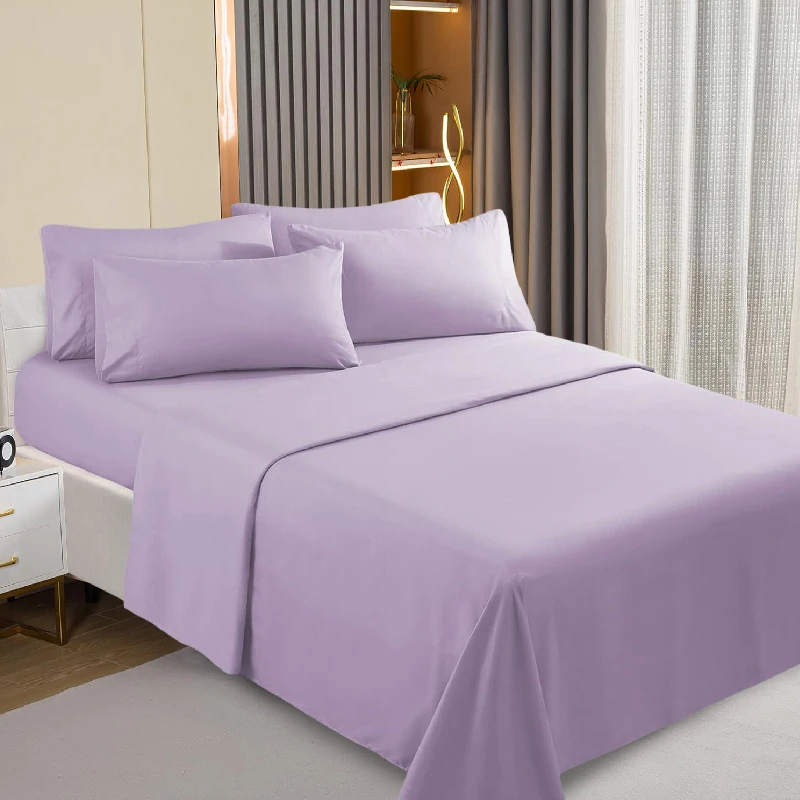duvet insert types
Understanding Duvet Insert Types A Comprehensive Guide
When it comes to making our bedrooms cozy and inviting, the duvet is a crucial element. Choosing the right duvet insert can significantly impact our comfort and sleep quality. With a variety of duvet insert types available, it's essential to understand the differences so you can select the best option for your needs. In this article, we’ll explore the primary types of duvet inserts, their materials, and their benefits.
1. Down Duvet Inserts
Down duvet inserts are among the most luxurious options available. They are filled with the soft, fluffy undercoating of ducks or geese. This type of filling is renowned for its incredible warmth-to-weight ratio, meaning you can stay warm without feeling weighed down. Moreover, down is breathable, allowing for excellent temperature regulation throughout the night.
However, down duvet inserts can be expensive and may not be suitable for those with allergies to feathers. To mitigate allergy issues, you can opt for hypoallergenic down alternatives, which are manufactured to be less allergenic.
2. Feather Duvet Inserts
Similar to down, feather duvet inserts use the outer feathers from birds, typically ducks or geese. They are generally heavier and less expensive than down inserts. While they provide reasonable warmth, they do not offer the same level of insulation as down. Feather duvet inserts are ideal for individuals who prefer a firmer feel or those who enjoy a bit of weight in their bedding.
The drawbacks of feather duvet inserts include potential quill poking through the fabric and their lack of breathability compared to down. Additionally, they may require regular fluffing to maintain their loft.
Synthetic duvet inserts are made from man-made materials, such as polyester. They have gained popularity due to their affordability and ease of care. Synthetic options are often hypoallergenic, making them a suitable choice for allergy sufferers. Moreover, they can mimic the softness and warmth of natural fillings, making them ideal for individuals who prefer not to use animal products.
duvet insert types

However, synthetic duvet inserts may not offer the same level of breathability as natural materials, potentially leading to discomfort if you tend to overheat at night. Over time, synthetic fillings may clump or lose their loft without proper care.
4. Wool Duvet Inserts
Wool duvet inserts are an excellent choice for those seeking natural temperature regulation. Wool fibers can wick moisture away from the body, helping you stay dry and comfortable. They act as natural insulators, providing warmth in the winter and cooling in the summer. Wool is also resistant to dust mites and mold, which can enhance overall sleep quality.
The downside is that wool duvet inserts can feel heavier and may be more challenging to care for than other options. Additionally, they may not be as widely available as synthetic or down choices.
5. Silk Duvet Inserts
Silk duvet inserts are known for their luxurious feel and natural hypoallergenic properties. They provide excellent temperature regulation, keeping you warm in winter and cool in summer. Silk is also lightweight, making it a suitable option for those who prefer a less bulky duvet.
On the flip side, silk duvet inserts can be quite pricey and require special care during washing. They may not be as durable as other types of duvet inserts, making them a less practical option for everyday use.
Conclusion
Choosing the right duvet insert is a personal decision that depends on individual preferences, budget, and specific needs, such as allergies or sensitivity to temperature. Whether you opt for the luxurious softness of down, the affordability of synthetic materials, or the natural benefits of wool and silk, the right duvet insert can transform your sleeping experience. By considering the various types discussed in this article, you can make an informed choice that ensures restful nights and cozy winters.
-
How to Cut Linen Maintenance Costs by 30% with Proper Polycotton IroningNewsAug.11, 2025
-
Elevating Comfort and Quality with the Right Bed LinenNewsJul.07, 2025
-
Bedding Essentials: From Percale Sheets to White Quilts, Finding Your Perfect Sleep HavenNewsJul.07, 2025
-
Choosing the Right Bedding for a Comfortable and Stylish BedroomNewsJul.07, 2025
-
Understanding the Diverse World of Towel TypesNewsMay.29, 2025
-
The Ultimate Comfort: Discover the Benefits of Polycotton SheetsNewsMay.29, 2025
-
Experience Luxury with 1800 Brushed Microfiber SheetsNewsMay.29, 2025






